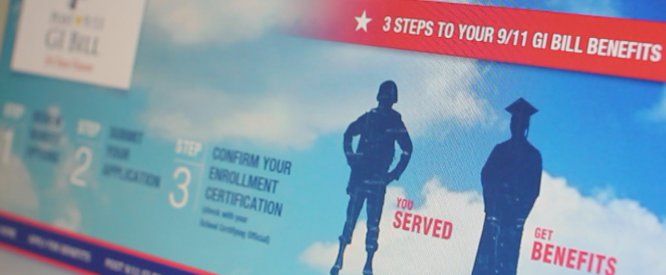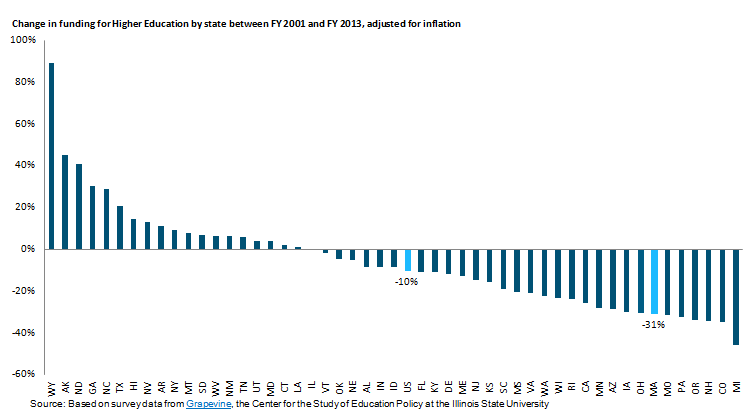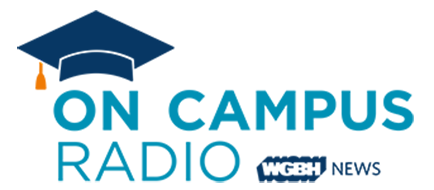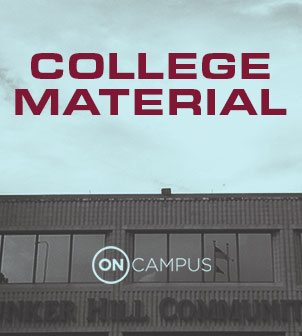higher ed
At a time when research shows that academic advising is a key to helping college students graduate on time, most say they aren’t getting it.
Sixty percent of students say someone other than an academic advisor is a primary source of information about their schoolwork. About a third of freshmen and 18 percent of seniors rely on friends and family, and another 18 percent on faculty who are not assigned as their advisors.
Federal budget woes continue to be felt on college campuses, with across-the-board cuts putting a squeeze on academic research dollars. In a report released Friday, Moody’s Investors Services says the vast majority of research universities have seen funding reductions or delays in starting projects because of federal cuts known as sequestration.
 For the second time in two years, Congress is trying to close a loophole that allows for-profit colleges and universities to collect billions of federal dollars in tuition from veterans. Over the past five years, veterans have spent nearly $30 billion on tuition and related higher-education costs, most of it at for-profit schools.
For the second time in two years, Congress is trying to close a loophole that allows for-profit colleges and universities to collect billions of federal dollars in tuition from veterans. Over the past five years, veterans have spent nearly $30 billion on tuition and related higher-education costs, most of it at for-profit schools.
The United States has some of the best university-based math teacher training programs in the world. But we also have some of the worst – and those poor performing programs produce 60 percent of the country’s teachers in schools with the highest percentage of students living in poverty, according to research released earlier this month from William Schmidt, co-director of the Education Policy Center at Michigan State University. The United States was the only country in his study to have such a wide range of performance by math teachers in teacher preparation programs.
 A select group of colleges and universities, responding to the public outcry over the skyrocketing cost of college, are cutting their tuition.
A select group of colleges and universities, responding to the public outcry over the skyrocketing cost of college, are cutting their tuition.
In Cambridge, Lesley University will slash its sticker price beginning next fall. Lesley’s new tuition plan comes as many families are rethinking the value and quality of a college degree.
A report released Wednesday by the College Board shows tuition increases at public colleges have slowed slightly, but the cost is still out of reach for most low-income students because government aid has dwindled.
Published tuition and fees spiked nearly 3 percent for in-state students at four-year public schools. The College Board says that’s the smallest one-year increase since 1975.
I opened the door to see my best friend from childhood, Randall, chewing on a pen top, facing me in his baggy jeans. We hadn’t seen each other for nearly a decade. As kids our lives seemed like mirror images and we were inseparable skateboarding, biking, and playing basketball on our block of South Central Los Angeles. But something changed in middle school. In eighth grade, while I was worrying about which private high school would give me a scholarship, he was getting arrested for the first time.
American college students’ worldviews affect what they value, the way they behave and potentially how they learn. We have found that today’s students are divided not dichotomously, between religious and secular, but rather among three distinct worldviews: religious, secular and spiritual. Institutions of higher education need to understand the distinctions among these three worldviews and design curricula that respect students’ diversity.
What you know determines where you go, according to a new book that sets out to determine why the smartest low-income students forgo the most selective colleges.
It’s not that poor kids aren’t as smart as rich ones, researcher Alexandra Walton Radford finds. Nor do top schools turn them down. In fact, she reports, low-income prospects have a big advantage in the admissions process at the most selective colleges.
The problem is that few of them apply, thanks to high school counselors and peers who know little about the admissions process, and parents who often know even less.
 The recession may be over but its effects still linger at public colleges and universities.
The recession may be over but its effects still linger at public colleges and universities.
After facing declining revenue during the longest recession since the 1930s, many state governments continue to defund public institutions of higher learning.
A new report released this month by the Massachusetts Budget and Policy Center finds state funding for public higher education in Massachusetts has fallen 25 percent since 2001.










